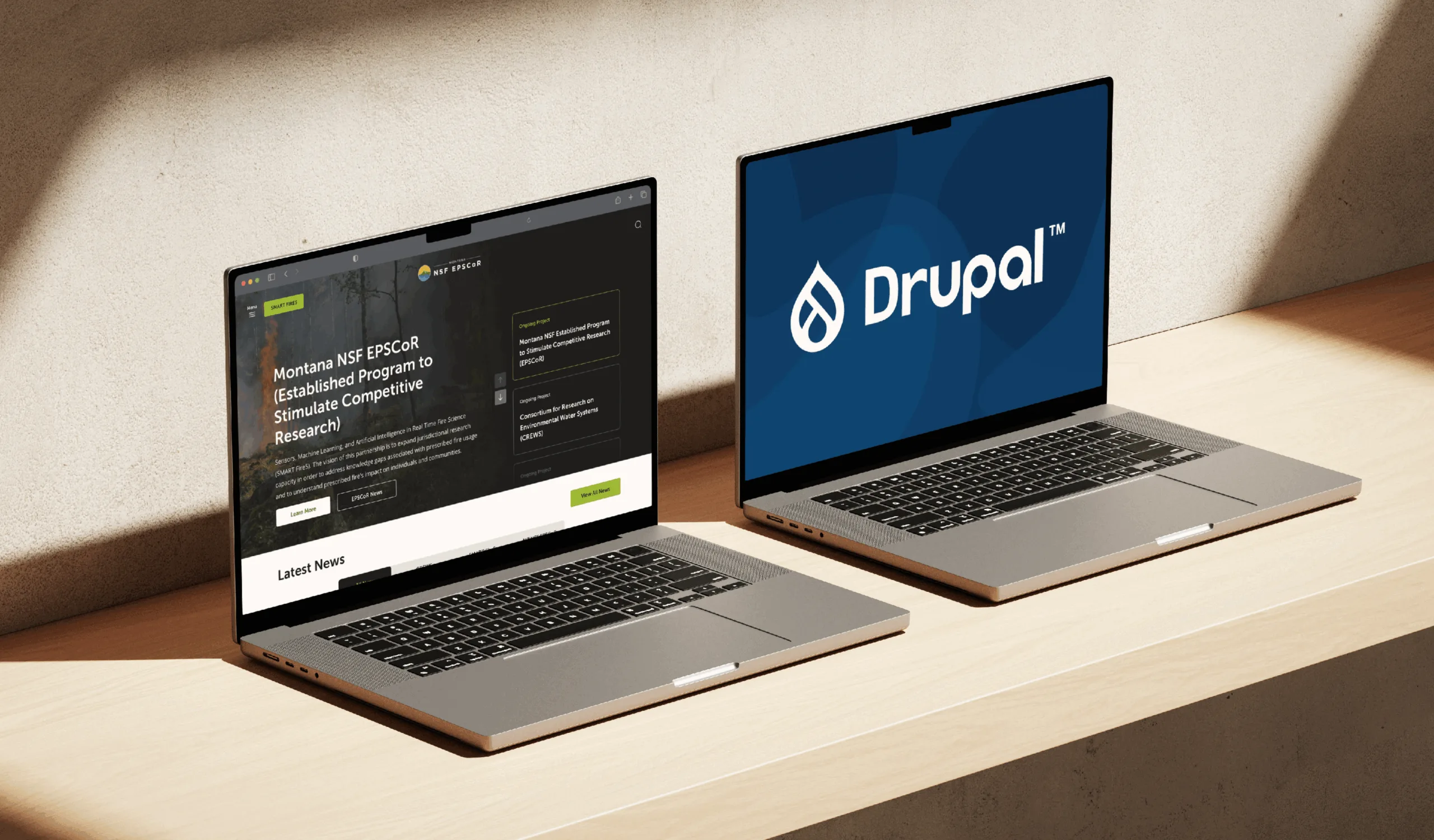Drupal is one of the leading open-source web content management frameworks. It is written in PHP and distributed under the GNU General Public License. Web developers all over the Internet value it as an excellent choice for complex, content-heavy, and high traffic websites. We use it when making applications, and we regularly write blog posts about it.
It's been 20 years since Drupal's first release, but did you know that it started as a hobby project? Let's take a look at the history of Drupal to understand how it's been developing over the years.
![Brief History of Drupal [+Infographic] 3 History of Drupal](https://fivejars.com/app/uploads/2021/07/Infographic-Vertical-png.webp)
And now let's dive deeper into some more detail.
The story began in 2000
Back then, two students in Antwerp, Belgium, started a pet project. Dries Buytaert and Hans Snijder needed a reliable internet connection and built a wireless bridge between different students' accommodations followed by a message board.
![Brief History of Drupal [+Infographic] 4 Dries in a dorm](https://fivejars.com/app/uploads/2021/07/Dries-in-a-dorm.webp)
It got the name "Drop" by accident
To highlight its community aspects, Buytaert wanted to call the site "dorp", which means "village" in Dutch. He mistyped the word, and it stuck. The website Drop.org quickly attracted new members. The community started to form. People discussed new ideas and promising technologies, which leads to the gradual evolution of Drop.org into an open-source project Drupal.
Version 1.0 was released in January 2001
The new name represents the Dutch word "druppel", which means "drop", pronounced in an English manner. It was a content management solution with a completely customizable modular design, which attracted web developers.
The development was rapid
There were two releases later the same year, in March and in September. New features were introduced in Drupal 2.0 and 3.0, improving core functionality as per the early adopters' requests.
Drupal became world-famous two years later
In 2002 and 2003, versions 4.0 and 4.1 were released, improving functionality, performance, and user-friendliness. Around this time, Drupal became well-known because it took part in developing a decentralized network "DeanSpace" for Howard Dean, one of the candidates in the U.S. Democratic Party's primary campaign for the upcoming presidential election.
After the election in 2004, this project developed into a platform for supporting political activism CivicSpace Labs. It happened to be the first firm with full-time employees that was developing and distributing Drupal technology. No surprise that other companies caught up.
Over the years, versions 5, 6, 7 and 8 were released
The 8th version introduced dramatic changes that many web developers started to consider Drupal a more enterprise-scale platform less appropriate for smaller or simpler websites.
In June 2020, Drupal 9.0 was launched
Version 9.0 offered a relatively straightforward upgrade process for existing websites built in Drupal 8.8 and 8.9.
The History of Drupal
- 2000: Dries Buytaert and Hans Snijder built a wireless connection between student's dorms.
- 2001: Initial release of a new content management system named Drupal quickly followed by the second and the third versions.
- 2002: A cashing system and various new functionality was introduced in Drupal 4.0
- 2003: DeanSpace used Drupal to build a decentralized network, which made it widely acclaimed.
- 2004: A company with full-time employees started developing and distributing Drupal technology for the first time.
- 2007: In Drupal 5.0, developers made the administration area more customizable and better organized.
- 2008: Drupal 6.0 presented a lot of improvements related to usability and performance. Over the next four years, it went through 22 sub-releases.
- 2011: Drupal 7.0 introduced an entirely rewritten database layer and a lot of security and usability changes.
- 2015: Developers launched Drupal 8.0, where they significantly improved the front end as well as the entity system and made the site administration experience simpler.
- 2020: With the launch of Drupal 9.0, some technical changes were implemented. A new version also made it easier to update websites built in Drupal 8.8 and 8.9.
Also Read
Top Drupal 9 Distributions in 2021Some statistics on Drupal growth:
- From July 2007 to June 2008, the Drupal.org site provided more than 1.4 million downloads of Drupal software.
- By 2013 Drupal-related services were offered by hundreds of businesses.
- By 2017 more than 1.180.000 sites use Drupal.
Druplicon, the cutest logo ever
The project needed a logo, and the first version was created in May 2000 by Jeroen Bensch. It looked like this:
![Brief History of Drupal [+Infographic] 5 Drop](https://fivejars.com/app/uploads/2021/07/2000-Drop.org_-png.webp)
Later the Drop.org logo was replaced with the Drupal logo:
![Brief History of Drupal [+Infographic] 6 2002 - Drupal](https://fivejars.com/app/uploads/2021/07/2002-Drupal-png.webp)
It also can be simpler:
![Brief History of Drupal [+Infographic] 7 2003 - Drupal](https://fivejars.com/app/uploads/2021/07/2003-Drupal-png.webp)
The logo didn't change much since then. But the design and font became more modern.
![Brief History of Drupal [+Infographic] 8 2015 - Drupal](https://fivejars.com/app/uploads/2021/07/2015-Drupal-png.webp)
Now the Druplicon can be seen on t-shirts and other Drupal-branded merchandise. Because it's cute, isn't it?
![Brief History of Drupal [+Infographic] 9 2021 - Drupal](https://fivejars.com/app/uploads/2021/07/2021-Drupal-png.webp)
There are solid plans for future developments
Drupal 10 is to be released in July 2022. It will introduce different changes requested by the community, including the most requested one - automatic updates. The plan is to start with making security releases automatic.
Since the initial release, Drupal has gone through a lot of changes. But at the heart of everything is and has always been the idea of being an open-source project made in collaboration with the community.
![Brief History of Drupal [+Infographic] 1 Dries - creator of Drupal](https://fivejars.com/app/uploads/2025/04/Teaser-Dries.webp)


